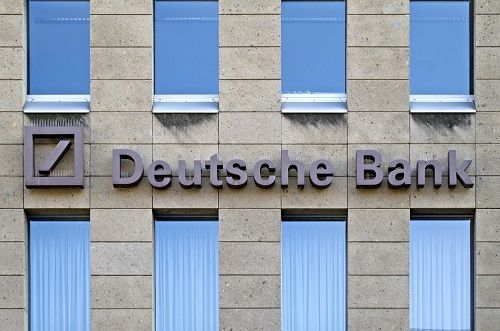Tilray Brands (TLRY) stock price has gone nowhere in the past few months. It has found a strong support level at $1.61, where it has failed to move below since November last year. It remains about 50% below the highest point in 2023, and is 97% below the 2021 high.
Cannabis industry is under pressure
The cannabis industry has come under pressure in the past few years amid rising pricing and regulation risks in key markets.
For example, in Canada, a key market for cannabis, prices have dropped sharply in the past few years as the number of companies has grown. There are now over 900 licensed cannabis companies in Canada.
Lower cannabis prices mean that companies like Tilray Brands, Aurora Cannabis, and Canopy Growth are making less money for each product sold, while still paying substantial taxes. In a recent statement, Irwin Simon, Tilray’s CEO, said that this price compression had costed it $200 million in the past few years.
Other markets are not doing well either. Cannabis is still not yet fully legal in the United States, and the process will likely take longer.
While cannabis has been made legal in the country, there are still major barriers that have hindered the sector. One of it is banking, where many major banks still don’t do business with firms in the cannabis industry because of strict anti-money laundering rules.
The other big issue is that, like in Canada, there are now thousands of cannabis companies in the US. It is estimated that there are over 10,000 licensed players in the sector.
Worse, there are signs that the reclassification process and the banking bill that the Senate has been working on will not go on.
If Donald Trump wins, there are chances that the cannabis reclassification process to a less harmful product will stall. Also, with the Senate and the House of Representative expected to be divided, no major banking legislation will continue.
There are rising odds that Donald Trump will win, with Polymarket placing his odds at 63%. Also, there are rising odds that Republicans will dominate in other state elections.
Read more: Tilray Brands stock sits at a make-or-break price: now what?
Tilray Brands is no longer just a cannabis company
Tilray Brands is significantly different from other companies in the industry. For one, unlike most of them, it has worked to diversify its business by investing in the beverage industry.
It did that through acquisitions and internal research and development (R&D). For example, the company acquired eight beer brands from AB InBev in 2023 and additional more from Molson Coors this year. The company also owns SweetWater Brewing Company through its Aphria buyout.
Therefore, it hopes that these acquisitions will help its business continue growing in the next few years. Also, it wants the cannabis and alcohol businesses to even out each other. In this, if the cannanis industry struggles, then it will be offset by the alcohol business.
To be clear: investing in the alcohol business is a risky bet now that the young people are not drinking as much as their parents did in the past. Nonetheless, there is a room for growth, especially in the craft brewing sector, where Tilray is now one of the biggest brands.
The company also hopes that its cannabis business will rocket higher when the US passes friendly regulations in the future. This is notable since Tilray does not have a big presence in the US cannabis industry.
Read more: Tilray Brands stock price analysis: risky but a short squeeze is likely
Diversification is paying off
There are rising signs that the diversification process is starting to pay off even though it is too early to tell.
Its beverage alcohol revenue came in at $56 million in the last quarter, a 132% increase. The cannabis revenue rose to $61.2 million, while its distribution and wellness revenues rose to $68.1 million and $14.8 million, respectively.
The cannabis gross margin came in at 40%, while the beverage business has 41%. The other two businesses have lesser margins.
Additionally, the company has diversified its sources of revenue because of its strong presence in Germany.
The other catalyst is that Tilray Brands is seeing improved bottom line. Its net loss in the last quarter was $34 million, a 38% improvement from the $55.9 million it lost in the same period last year.
Tilray Brands stock analysis
TLRY chart by TradingView
The daily chart shows that the TLRY share price has found a strong bottom at $1.61, meaning that sellers are afraid of shorting it below that level. As such, there are signs that the stock has bottomed, meaning that a bullish breakout cannot be ruled out.
Tilray’s stock remains below all moving averages, meaning that sellers are a bit in control for now.
Therefore, from a risk/reward perspective, I believe that the stock may stage a comeback in the near term. If this happens, it may rally to $2.95, its highest point on April 4, which is about 72% higher than the current level. A break below the support at $1.61 will point to more downside, potentially to below $1.
The post Tilray Brands stock analysis: attractive risk/reward? appeared first on Invezz










